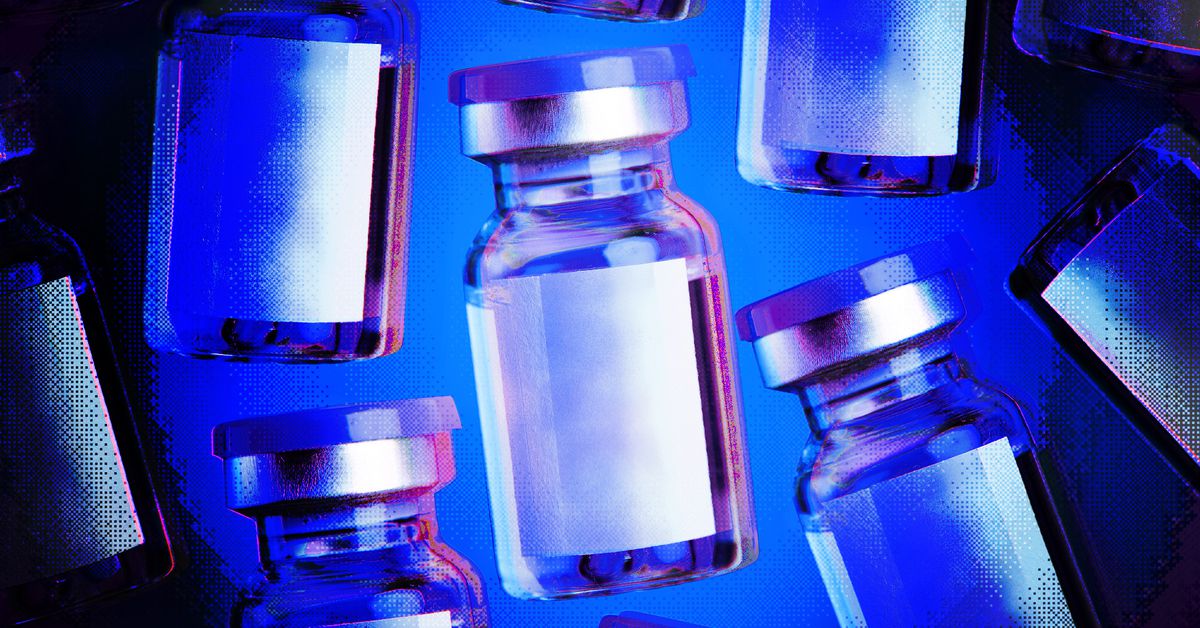FDA clears boosters for Moderna and J&J COVID-19 vaccines
The Food and Drug Administration authorized booster doses for the Moderna and Johnson & Johnson COVID-19 vaccines, following its authorization of a third Pfizer / BioNTech shot in September.
The agency also said today that it will allow “mix-and-match” boosters — eligible people who are already fully vaccinated can get a booster dose of any of the three vaccines, regardless of which they started with.
As with the Pfizer / BioNTech booster, the FDA cleared third Moderna shots for vulnerable groups, including people 65 years of age and older, those who are at high risk of severe disease, and people at high risk of exposure to COVID-19 at work.
The booster for the Moderna vaccine, though, will be a half-dose. Both vaccines are mRNA vaccines that contain tiny snippets of the coronavirus’ genetic material. But the Moderna vaccine has a larger dose: it’s 100 micrograms, compared with the 30 micrograms in the Pfizer / BioNTech shot. The company says a third, 50 microgram half-dose of the Moderna vaccine could have fewer side effects while still giving strong protection.
Research shows that the Moderna shots have more durable protection against infection from COVID-19 than the Pfizer / BioNTech shots — they stay more effective months after the initial two-shot series, while the efficacy for the Pfizer / BioNTech shots appears to drop off. Both maintain strong protection against hospitalization and death.
The FDA is opening up second, booster doses of the Johnson & Johnson vaccine to everyone who got that shot. Boosters for the Johnson & Johnson vaccine can start two months after the first dose, unlike the six-month wait for the Pfizer / BioNTech and Moderna boosters.
The Johnson & Johnson shot was originally authorized as a one-shot vaccine, which experts hoped would make it logistically easier to deliver to low-resource areas and to give to people who may not want to come back for a second shot. Still, only around 15 million people in the United States have been immunized with this vaccine.
Johnson & Johnson’s vaccine works by inserting a section of the coronavirus gene into a harmless virus, called an adenovirus, which then delivers the gene to the body’s cells. Initial clinical trials showed that it worked well enough to leave experts confident it would be protective, although its results weren’t as strong as the Pfizer / BioNTech and Moderna shots. But a recent real-world study from the Centers for Disease Control and Prevention showed that a single shot of Johnson & Johnson’s vaccine was only 71 percent effective against hospitalization — lower than the protection against hospitalization from the mRNA vaccines. Data also appears to show that people who got that vaccine were also more likely to have breakthrough infections than people who received the gene-based shots.
Johnson & Johnson says that a second booster dose bumps the vaccine’s efficacy against symptomatic cases of COVID-19 to 94 percent, in line with the initial clinical trial results for the gene-based shots. The FDA cleared the additional shot even though the agency was critical of the quality of data provided by Johnson & Johnson in its initial evaluation of the need for a booster. The agency said that the test used to check antibody levels in people who got a second dose wasn’t sensitive enough.
Today’s announcement gives people who got the Johnson & Johnson shot more options than just getting a second shot of the same. Those people may have a stronger antibody response if they take advantage of the FDA’s decision to allow a mix-and-match approach to boosters. A federally funded study showed that for that group, boosting with an mRNA vaccine generates more antibodies than boosting with a second Johnson & Johnson shot.
People who got either of the mRNA vaccines for their first shots and a different mRNA shot for their boosters showed similarly high antibody levels. Mixing and matching was safe, the study showed.
The data is consistent with research out of the United Kingdom, where people have been mixing the AstraZeneca COVID-19 vaccine (which isn’t used in the US, but that works through the same mechanism as the Johnson & Johnson shot) with the Pfizer / BioNTech shot for months. Having one shot of each produces just as high or higher antibody levels than two shots of either, studies showed.
There’s a small caveat to all of this. The studies measured antibody levels, not real-world protection from disease. Because other immune cells help block severe illness, even if antibody levels drop off, additional research is still needed to see how well the various mixing regimens actually prevent COVID-19.
“We will work to accrue additional data as quickly as possible to further assess the benefits and risks of the use of booster doses in additional populations and plan to update the healthcare community and public with our determination in the coming weeks,” Peter Marks, director of the FDA’s Center for Biologics Evaluation and Research, said in a statement.
For all the latest Technology News Click Here

